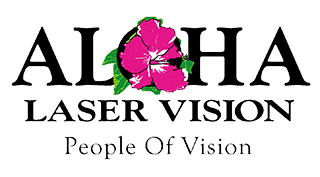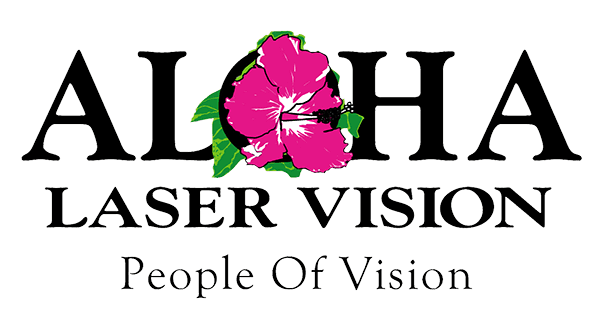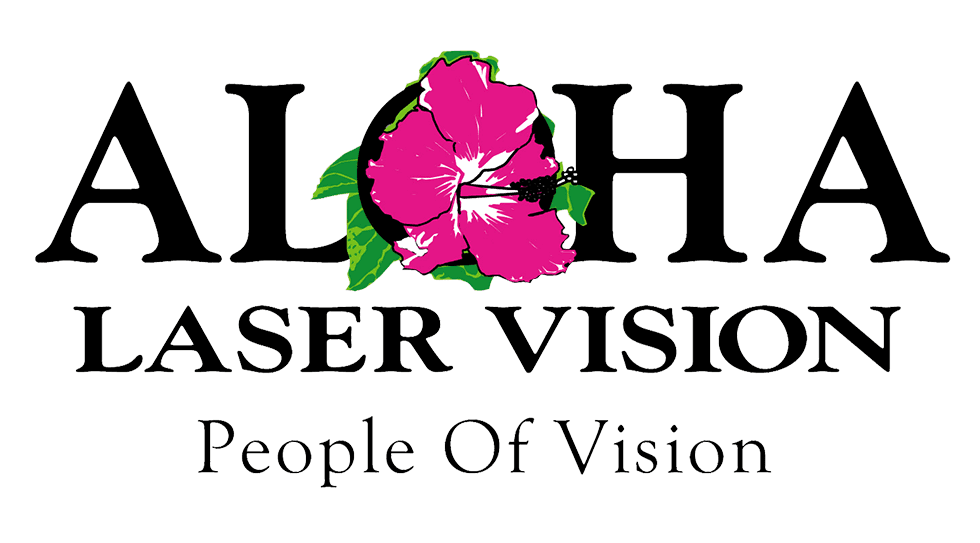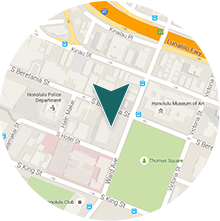 Dry eye syndrome is characterized by a lack of natural tears or an imbalance in the composition of one’s tears, which can result from a variety of causes. Ocular allergies, on the other hand, are due to specific sensitivities to dust, pollen, and other allergens. For those with allergies, when certain substances enter the eye, mast cells respond by releasing histamine, which irritates the tissues of the eye.
Dry eye syndrome is characterized by a lack of natural tears or an imbalance in the composition of one’s tears, which can result from a variety of causes. Ocular allergies, on the other hand, are due to specific sensitivities to dust, pollen, and other allergens. For those with allergies, when certain substances enter the eye, mast cells respond by releasing histamine, which irritates the tissues of the eye.
Ocular allergies and dry eyes share many of the same symptoms and can even occur simultaneously, making it difficult to determine precisely what is wrong with your eyes. If you are experiencing dry eye and/or allergies you may notice:
- Redness
- Burning/stinging
- Watering/tearing
- Swelling
- Itching
- Gritty/sandy feeling
- Difficulty wearing contacts
- Blurry vision
- Mucus discharge
Because dry eye syndrome and ocular allergies require different treatments, proper diagnosis is key for achieving both short-term and long-term relief. At Aloha Laser Vision our ophthalmologist, Alan Faulkner, MD, is experienced in determining whether patients are suffering from dry eye syndrome, allergies, or both. Dr. Faulkner can prescribe the appropriate treatment regimen to help relieve symptoms.
For ocular allergies, treatment solutions can include artificial tears, anti-inflammatory drops, cool compresses, antihistamines, and allergen control/avoidance. Treatments for dry eye can also incorporate artificial tears and anti-inflammatory drops; however, further investigation can help reveal the underlying cause of dry eye. When Dr. Faulkner identifies chronic dry eye, he typically suggests running tests to evaluate the quantity and quality of the tears the patient is producing. For about 86% of individuals with dry eye, these tests reveal inadequate lipid production due to meibomian gland dysfunction (MGD). Lack of lipid tear film can cause tears to evaporate too quickly, therefore drying out the eyes. At Aloha Laser Vision, individuals with meibomian gland dysfunction (MGD) may have the opportunity to undergo treatment with the state-of-the-art LipiFlow® system, which uses gentle heat and massage to remove blockages that prevent adequate secretion of lipids. For good candidates, LipiFlow® treatments can greatly reduce and even eliminate dry eye symptoms.
If you are bothered by dry, red, irritated eyes and want to find a solution that can deliver lasting relief, we welcome you to contact Aloha Laser Vision to schedule an appointment with Dr. Faulkner.



 Email Us
Email Us 808-792-3937
808-792-3937
